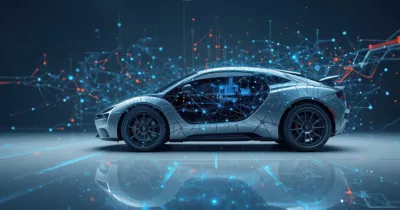
Overview
Software-defined vehicles (SDVs) capitalize on the adaptability of software functionalities throughout the vehicle's lifecycle. Achieving this flexibility requires an apparent decoupling of software from the underlying hardware, enabling independent development, deployment, and evolution of vehicle features. By separating software from hardware dependencies, automakers gain the freedom to implement new capabilities without being constrained by hardware upgrades.
However, achieving this flexibility requires rigorous validation of software functionalities, given their dependencies on electronic hardware and their direct impact on controlling the physical asset. These validations must be integrated throughout the entire product development lifecycle to account for ongoing software and hardware evolution. The validation framework must support incremental software updates delivered via over-the-air (OTA) mechanisms, ensuring that vehicles in the field remain reliable and free from defects introduced by evolving algorithms.
A virtual replica of the physical system (sensors & actuators) and electronic hardware integrated with software components such as application software, middleware, and base software, enables comprehensive validation of system behavior. Ansys physics-based simulations can help you develop highly accurate virtual models of complex physical assets. These models can be integrated with various software components to analyze how they respond to control functions.
By abstracting the representation of middleware and base software alongside application software, developers can achieve a realistic representation of the ECU within a virtual environment. This virtual vehicle model, created through this methodology, can be embedded into an Industrial Internet of Things (IIoT) framework as a digital twin, supporting validation during operational stages.
What Attendees Will Learn
- Validating the software model through system-level hardware model-based ROMs
- Open-ecosystem interface for validating software behavior on real hardware
- Leveraging virtual sensor models to validate software performance on edge hardware.
- Using synthetic data based on physics-based simulation to validate the system behavior.
- Integration with various software components with virtual HW to analyze their response to control functions.
- Verifying software controls and algorithms for ADAS and AD systems
Who Should Attend
- Software validation engineer, embedded software validation engineer, hardware system validation engineer, hardware validation engineer, verification engineer, functional verification engineer, validation manager, product validation specialist
Speakers
- Gopi Penamalli, Ansys
- Tushar Sambharam, Ansys
Date / Time:October 16, 2025
09:00 AM EDT
Venue:Virtual
- Cost:
No reviews available for this learning resource.





